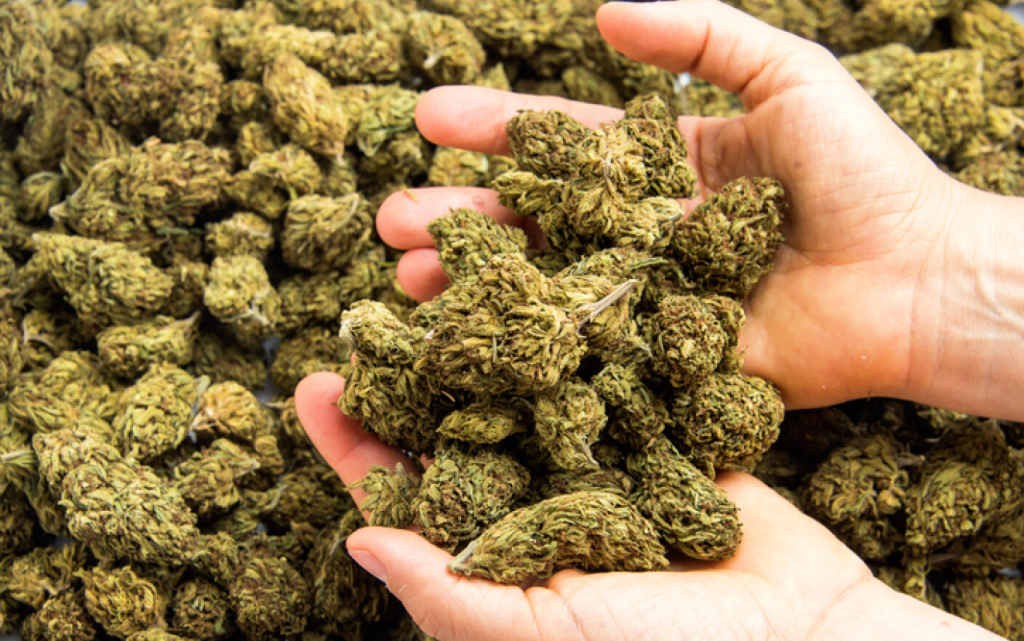Indica flowers are highly sought after for their relaxing and sedating effects. In this ultimate guide, we’ll explore various aspects of indica flowers, including their characteristics, effects, popular strains, and cultivation tips with https://uberweedshops.com/product-category/all-flower/indica/.
Indica Flower: The Ultimate Guide

- Characteristics of Indica Flower:
- Appearance: Indica plants are typically shorter and bushier compared to sativa plants. They have broad, dark green leaves and dense, compact buds.
- Aroma and Flavor: Indica strains often have a strong, pungent aroma with notes of earthiness, sweetness, and sometimes fruity or floral undertones.
- Cannabinoid Profile: Indica strains tend to have higher levels of CBD (cannabidiol) and lower levels of THC (tetrahydrocannabinol) compared to sativa strains.
- Effects of Indica Flower:
- Relaxation: Indica flowers are known for their relaxing and sedating effects, making them popular for nighttime use or when seeking deep relaxation.
- Pain Relief: Indica strains may help alleviate various types of pain, including chronic pain, muscle tension, and inflammation.
- Sleep Aid: Many indica strains have sleep-inducing properties and can assist with insomnia or improving sleep quality.
- Stress and Anxiety Relief: Indica flowers are often used for stress and anxiety management due to their calming and soothing effects.
- Popular Indica Strains:
- Granddaddy Purple: Known for its potent relaxation and pain-relieving effects.
- Northern Lights: A classic strain with sedating properties and potential for pain relief.
- Purple Kush: Renowned for its deep relaxation and sleep-promoting qualities.
- Afghan Kush: Highly valued for its potent analgesic properties and muscle relaxation.
- Blueberry: Offers a calming experience, potentially aiding in pain relief and stress reduction.
- Bubba Kush: Known for its tranquilizing effects and potential to alleviate pain.
- Cultivation Tips for Indica Flowers:
- Growing Conditions: Indica strains typically prefer cooler temperatures and are more resilient to harsher climates compared to sativa strains. They thrive in controlled environments such as indoor setups or greenhouses.
- Flowering Time: Indica flowers usually have a shorter flowering period, ranging from 6 to 9 weeks, making them popular among growers who desire faster harvests.
- Pruning and Training: Indica plants tend to have dense foliage, so regular pruning and training techniques (like topping or low-stress training) can help improve light penetration and airflow, reducing the risk of mold and improving overall yields.
- Nutrient Needs: Indica strains generally have moderate nutrient requirements during different growth stages. It’s crucial to provide a balanced nutrient regimen and monitor pH levels for optimal growth.
Remember, individual experiences with indica flowers can vary, and it’s always important to start with lower doses, especially if you are new to cannabis. Consult with a knowledgeable budtender or healthcare professional for strain recommendations and guidance tailored to your specific needs.


Leave a Reply